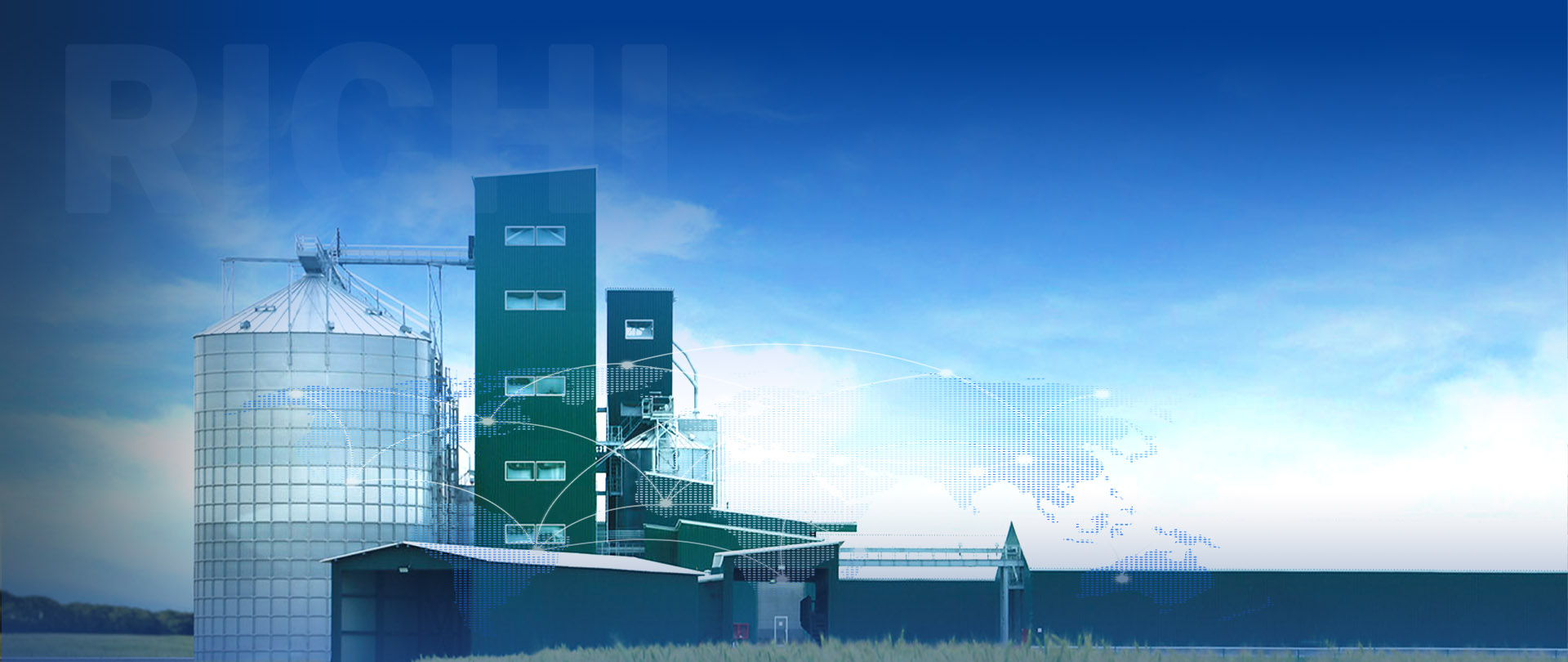The quality of animal feed is paramount for the health and productivity of livestock and poultry. As the demand for high-quality feed continues to rise, manufacturers must implement effective strategies to ensure that their animal feed manufacturing machines produce consistent, safe, and nutritious products. This article explores the key practices and measures that can be taken to maintain and enhance feed quality during the operation of an animal feed manufacturing machine.
1. Raw Material Quality Control
The foundation of high-quality animal feed begins with the selection and handling of raw materials. Ensuring the quality of these ingredients is critical to the overall quality of the final product.
- Supplier Selection: Choose reputable suppliers who provide high-quality raw materials. Conduct regular audits and inspections of suppliers to ensure they meet quality standards.
- Incoming Material Inspection: Upon receiving raw materials, conduct thorough inspections to check for moisture content, foreign materials, and overall quality. Implement a sampling protocol to test for contaminants, such as mycotoxins or pathogens, before accepting the materials.
- Storage Conditions: Store raw materials in clean, dry, and well-ventilated areas to prevent spoilage and contamination. Regularly monitor storage conditions to ensure they remain optimal.
2. Accurate Batching and Mixing
The batching and mixing processes are critical steps that significantly influence the quality of animal feed.
- Precision in Batching: Implement automated batching systems that accurately measure and dispense raw materials according to the specified formulations. Accurate batching ensures that the nutritional balance of the feed is maintained.
- Mixing Uniformity: Use high-quality mixers that provide thorough and uniform mixing of ingredients. Regularly check the mixing time and adjust it as necessary to achieve optimal uniformity. Conduct periodic tests to determine the mixing uniformity and ensure that the coefficient of variation remains within acceptable limits.
- Additive Handling: Pay special attention to the handling of additives, such as vitamins and minerals. These ingredients should be added in the correct order and proportion to ensure even distribution throughout the feed.

3. Conditioning and Pelleting
The conditioning and pelleting processes are crucial for improving feed quality and digestibility.
- Effective Conditioning: Condition the feed mixture with steam to enhance the gelatinization of starches and improve pellet binding. Proper conditioning also helps to reduce microbial load and improve the overall safety of the feed.
- Pellet Quality: Monitor the pelleting process closely to ensure that the pellets produced are of high quality. Factors such as feed mill pellet machine die size, temperature, and moisture content should be carefully controlled to produce pellets that are uniform in size and hardness.
- Cooling and Drying: After pelleting, the hot pellets must be cooled to reduce moisture content and prevent spoilage. Use a counterflow cooler to ensure that the pellets are cooled evenly and effectively.
4. Quality Control Measures
Implementing robust quality control measures throughout the production process is essential for maintaining feed quality.
- Regular Testing: Establish a routine for testing raw materials and finished products for key quality parameters, such as moisture content, protein levels, and the presence of contaminants. This testing should be conducted at various stages of production to identify any deviations from quality standards.
- Traceability Systems: Implement traceability systems that allow for the tracking of raw materials from receipt to final product. This ensures that any issues with feed quality can be traced back to their source, facilitating prompt corrective actions.
- Documentation and Record-Keeping: Maintain detailed records of all quality control activities, including inspections, testing results, and corrective actions taken. This documentation is essential for compliance with regulatory requirements and for continuous improvement efforts.
5. Operator Training and Engagement
Well-trained operators are crucial for ensuring that the animal feed manufacturing machine operates effectively and produces high-quality feed.
- Comprehensive Training Programs: Provide thorough training for operators on the proper operation of the machine, quality control procedures, and best practices for handling raw materials. Training should also cover safety protocols to prevent accidents and ensure a safe working environment.
- Encouraging Feedback: Foster a culture of open communication where operators can provide feedback on the production process and suggest improvements. Engaging operators in quality assurance efforts can lead to valuable insights and enhancements.
6. Maintenance and Equipment Calibration
Regular maintenance and calibration of equipment are essential for ensuring consistent feed quality.
- Preventive Maintenance: Establish a preventive maintenance schedule for the animal feed manufacturing machine. Regular inspections and maintenance help prevent breakdowns and ensure that the machine operates at peak efficiency.
- Calibration of Equipment: Regularly calibrate weighing scales, mixers, and other equipment to ensure accurate measurements and consistent performance. Accurate calibration is critical for maintaining the nutritional integrity of the feed.
7. Continuous Improvement
Implementing a culture of continuous improvement can help enhance feed quality over time.
- Data Analysis: Analyze data collected from quality control tests and production metrics to identify trends and areas for improvement. Use this information to make informed decisions about adjustments to the production process.
- Benchmarking: Compare the performance of the animal feed manufacturing machine against industry standards and best practices. Benchmarking can help identify gaps in performance and provide insights into potential improvements.
- Regular Reviews: Conduct regular reviews of quality control processes and production practices to identify opportunities for enhancement. Involve all stakeholders in these discussions to foster a collaborative approach to quality improvement.
Conclusion
Ensuring the quality of animal feed during the operation of animal feed processing machine is a multifaceted process that requires attention to detail, effective quality control measures, and continuous improvement efforts. By focusing on raw material quality, accurate batching and mixing, effective conditioning and pelleting, and robust quality control practices, feed manufacturers can produce high-quality feed that meets the nutritional needs of livestock and poultry.Investing in operator training, maintenance, and data analysis further enhances the ability to maintain consistent feed quality. As the demand for high-quality animal feed continues to grow, prioritizing these practices will be essential for success in the competitive animal feed market.










